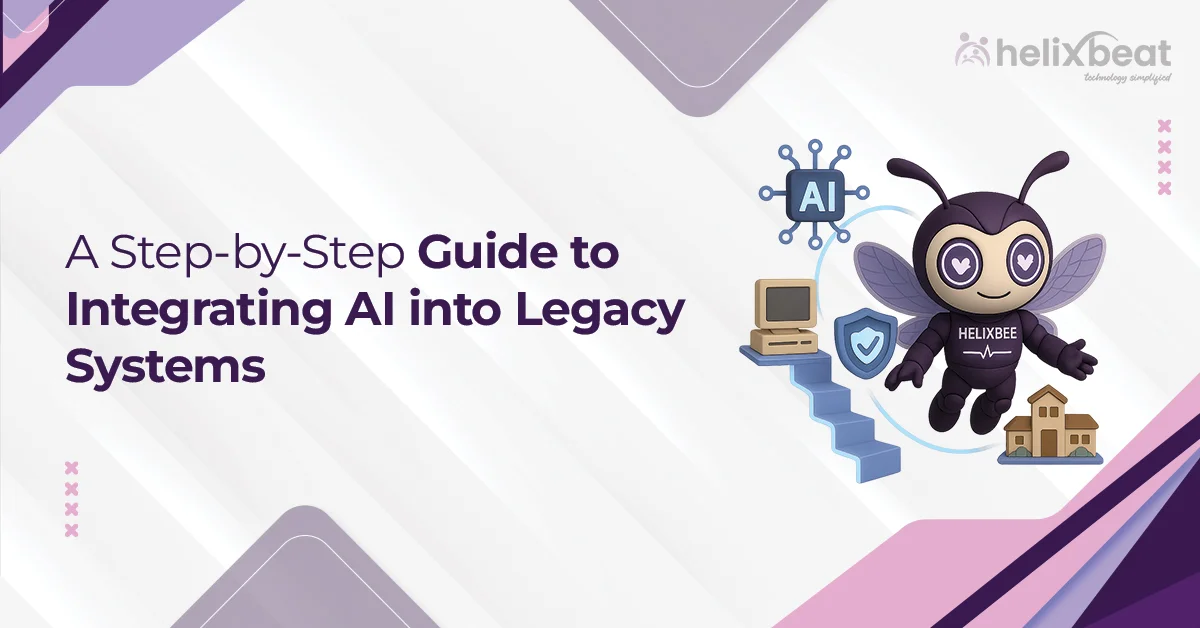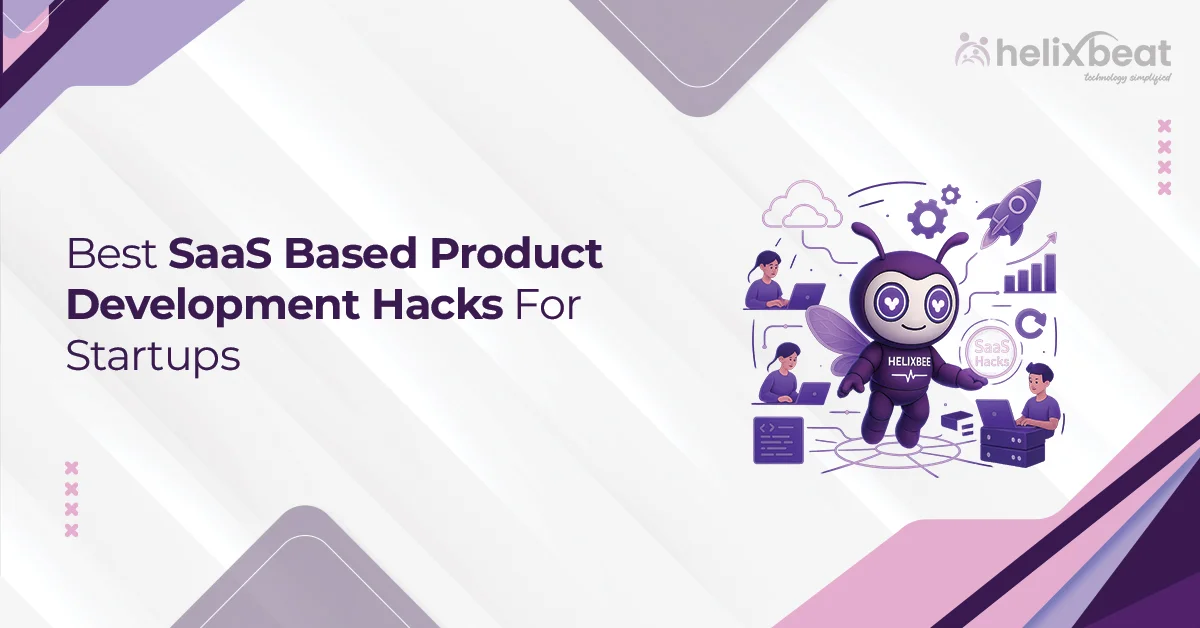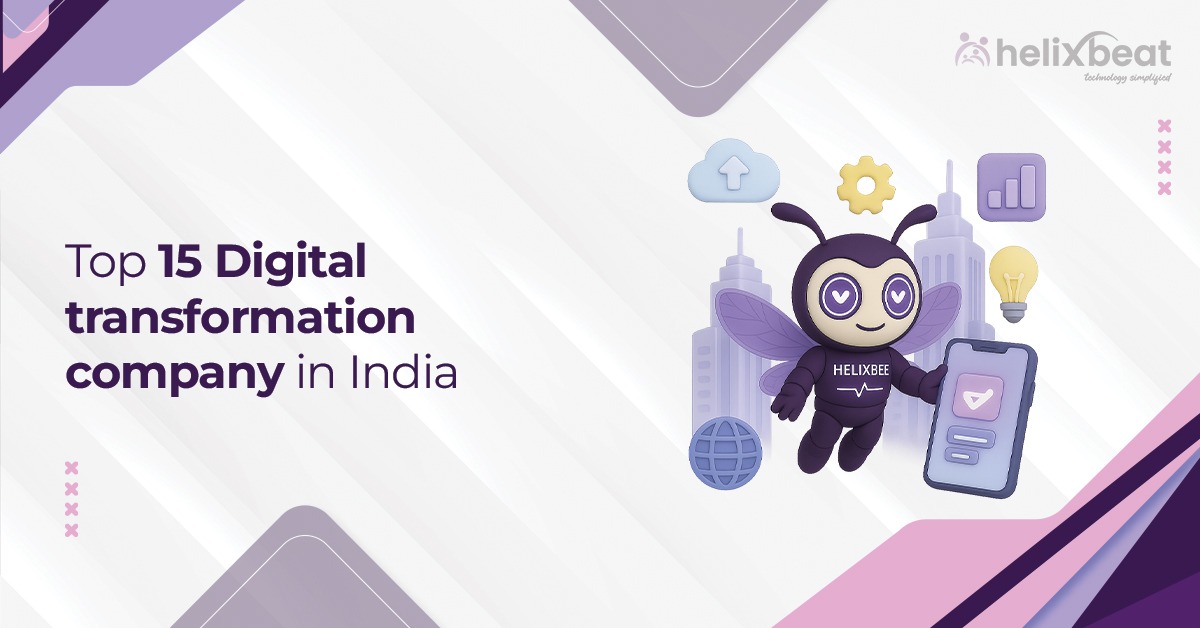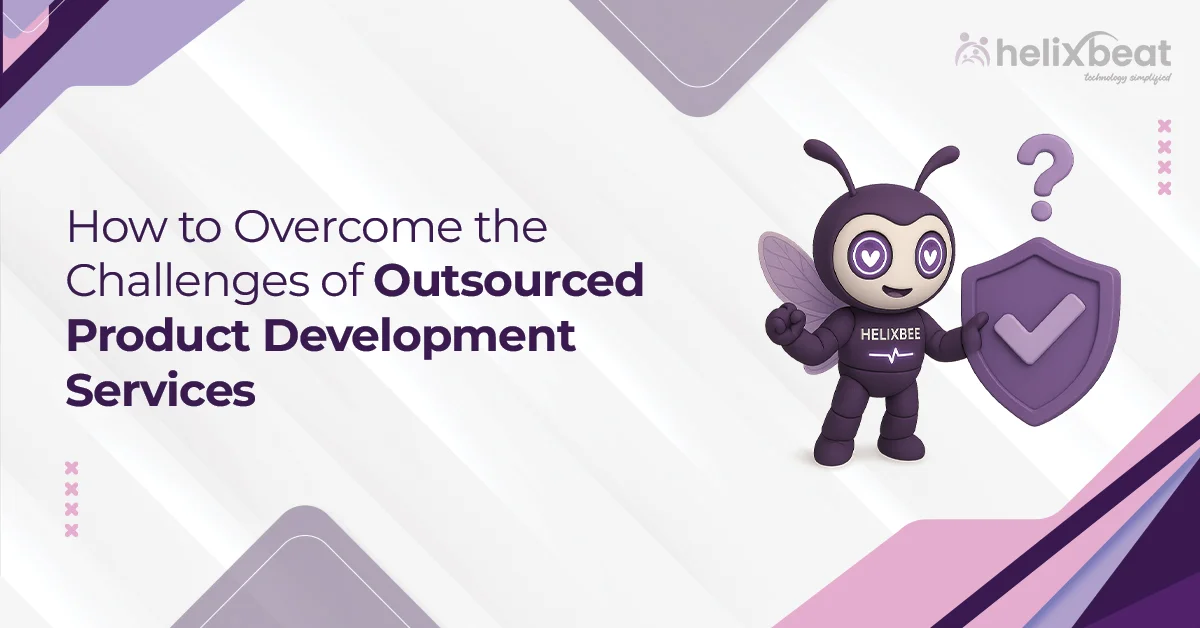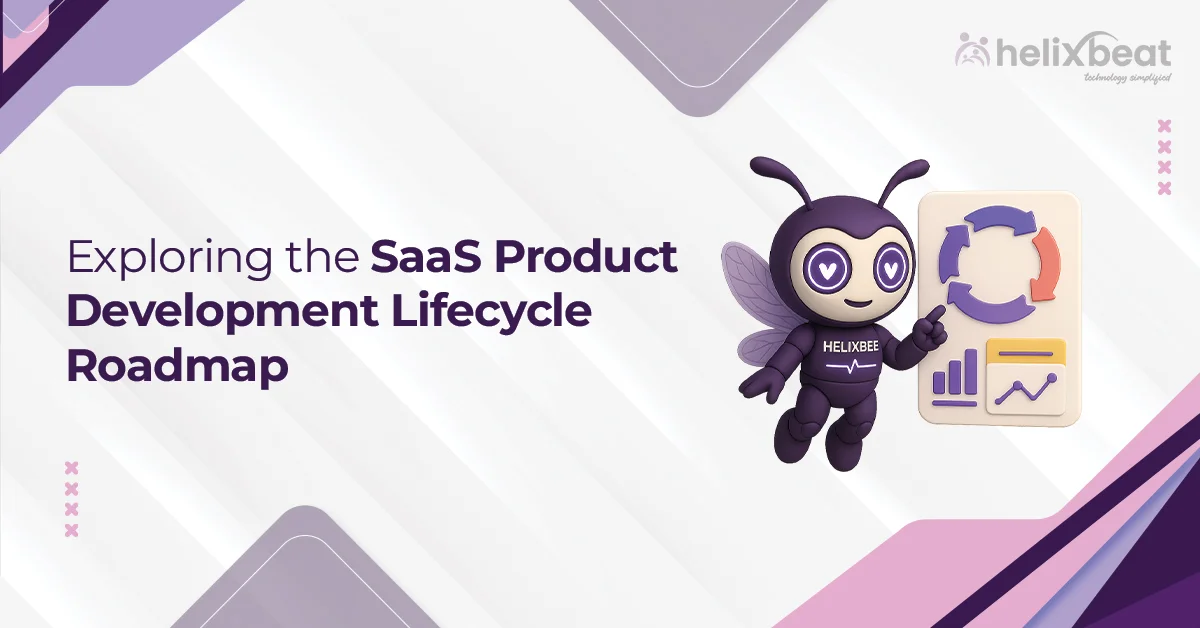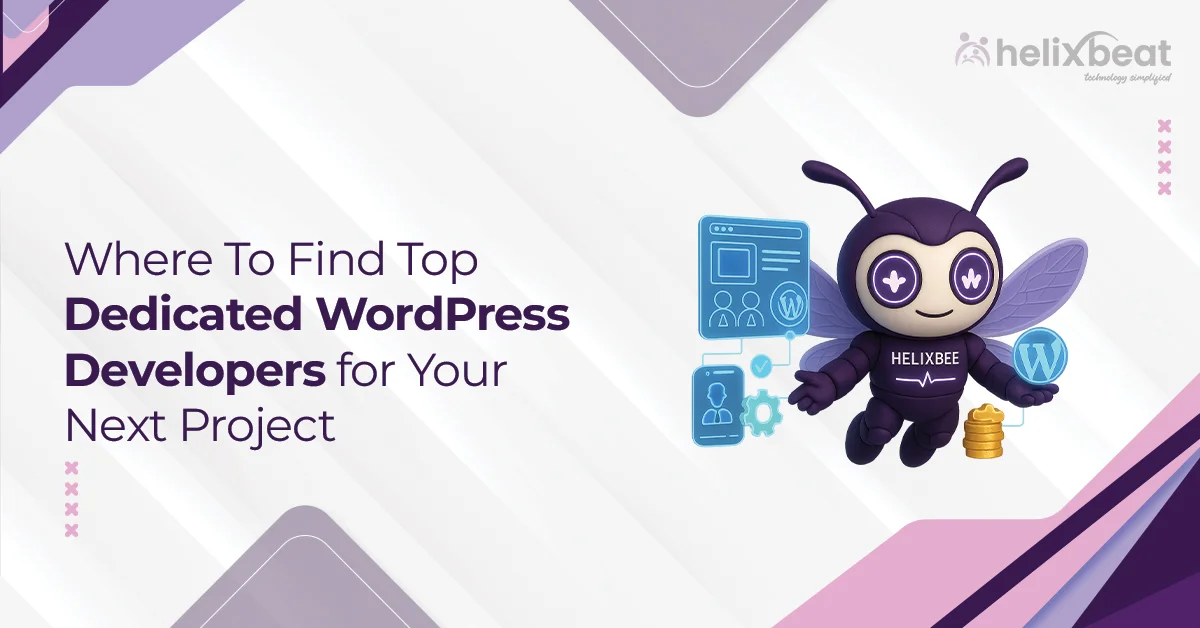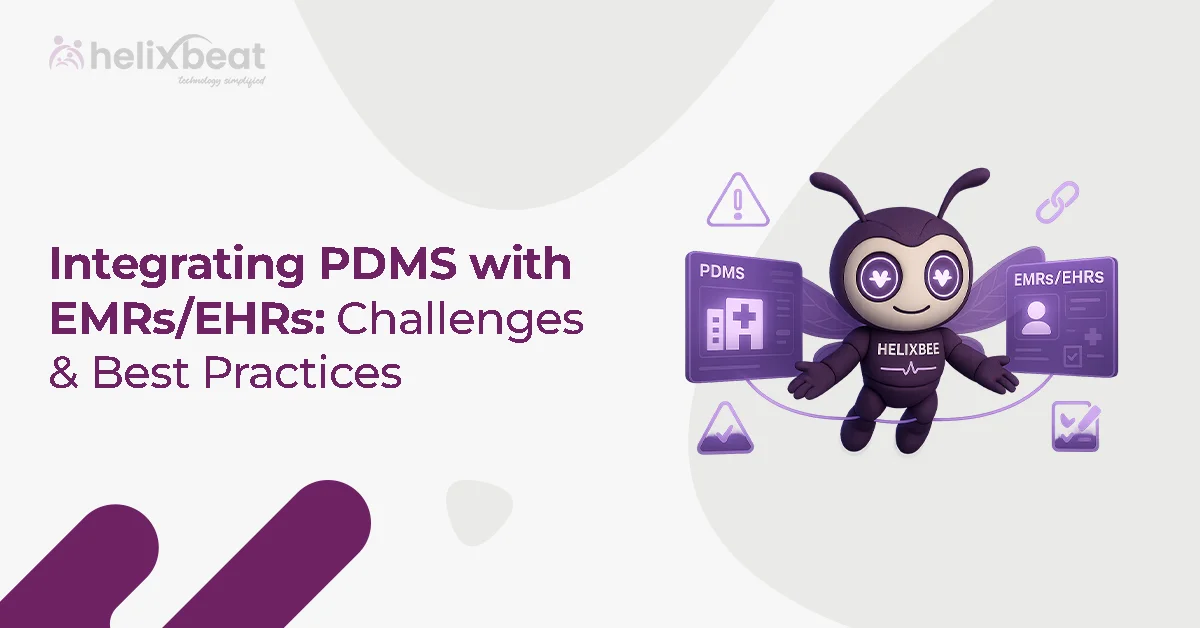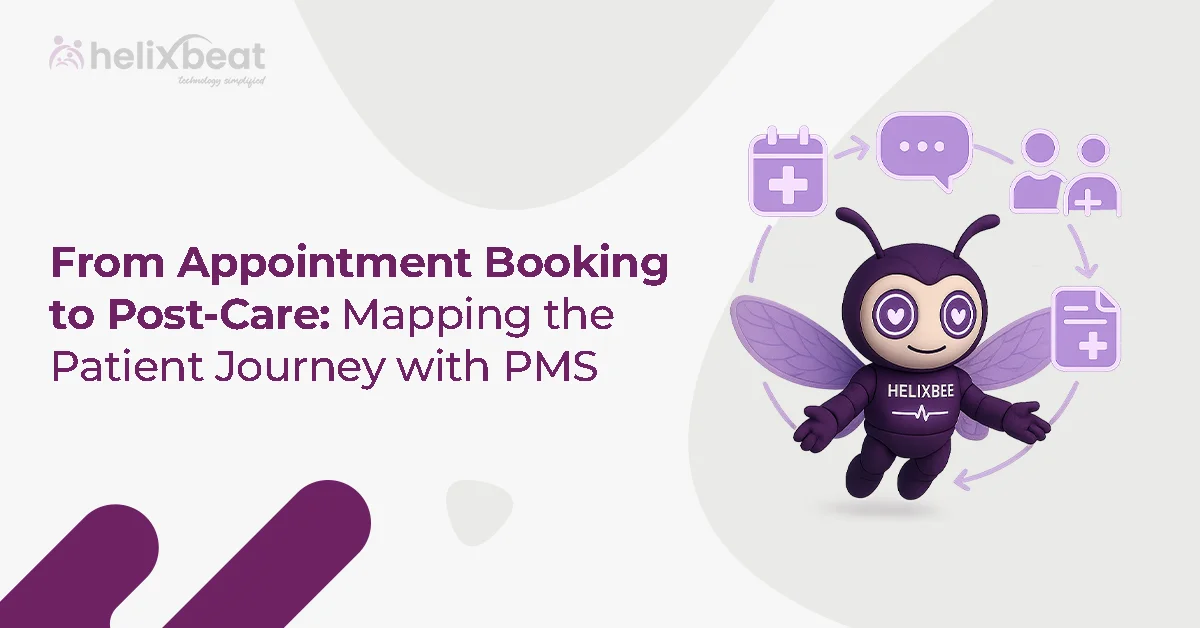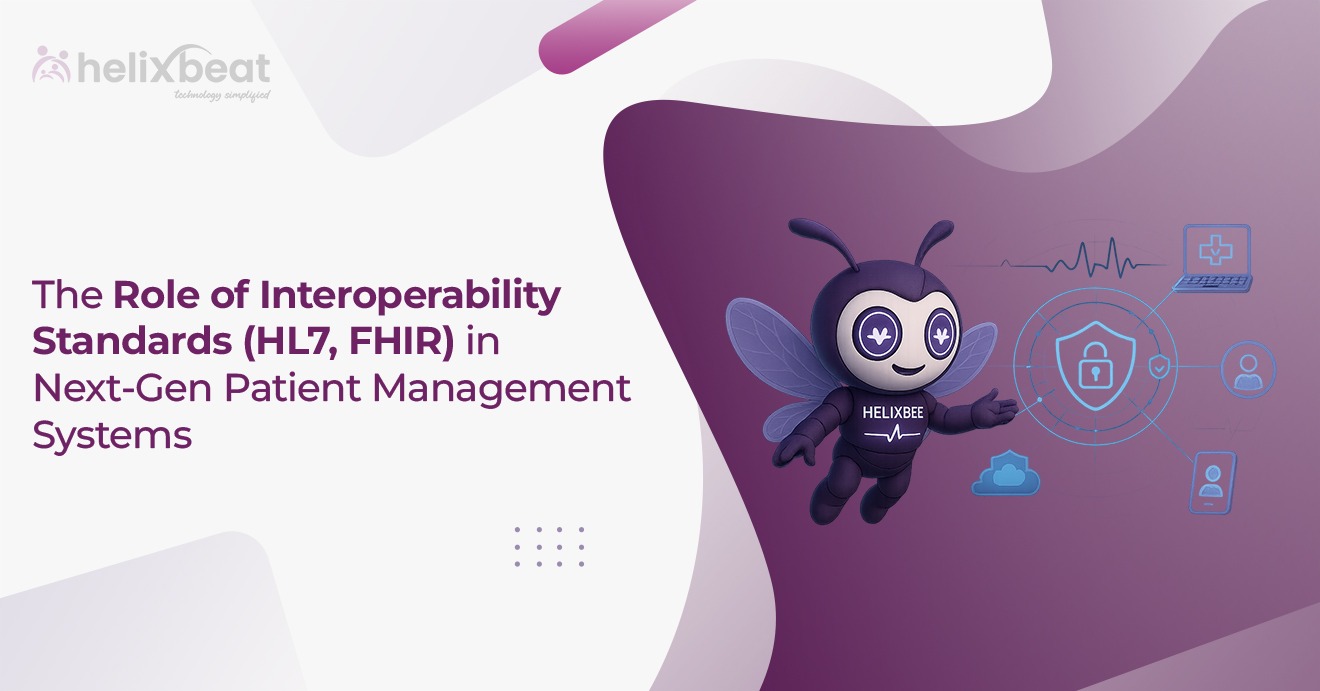Did you know that 80% of businesses still use old systems that can’t keep up with modern technology? These legacy systems have been around for years and may still work, but they often slow down progress and make it harder to stay competitive. The real problem? They just can’t handle the demands of modern business.
The good news is, there’s a way to fix this without starting from scratch. By adding AI to these old systems, businesses can make them smarter and more efficient. AI can automate tasks, help you make better decisions, and turn old data into valuable insights, all while keeping your existing system intact.
It’s the perfect solution to get the most out of what you already have while staying ahead of the curve. Here, we’ll explain the step-by-step process of integrating AI into legacy systems and how AI supports in digital transformation.

Table of Contents
Why is AI in Legacy Systems Important?
AI integration into legacy systems is vital for businesses that want to modernize without completely overhauling their infrastructure. Here’s why it’s crucial:
- Optimizes Operational Efficiency: Legacy systems often rely on outdated processes. AI can automate repetitive tasks like data entry and processing, drastically improving speed and accuracy.
- Unlocks Data Potential: Legacy systems store vast amounts of data, but it’s often underutilized. AI can analyze this data to provide actionable insights, helping companies make better decisions.
- Improves System Interoperability: Many legacy systems struggle to communicate with newer technologies. AI can bridge these gaps, allowing seamless integration with modern tools and platforms.
- Reduces Maintenance Costs: Older systems can be costly to maintain. AI can help identify and address inefficiencies or potential issues before they escalate, reducing the need for frequent manual intervention.
By integrating AI into legacy systems, businesses can transform their existing infrastructure, enhancing functionality and ensuring they remain competitive in the digital age.
A Step-by-Step Guide to Integrating AI into Legacy Systems
To successfully modernize your legacy systems, leveraging advanced AI integration services is essential. Here’s a step-by-step guide to integrating AI into your legacy systems:
1. Evaluate Your Current System and Identify Needs
- Understand Your Legacy System: Take time to assess how your current system operates, its strengths, and its limitations.
- Identify Key Challenges: Pinpoint areas where AI could make the biggest impact, like reducing manual tasks or improving efficiency.
- Focus on Improvement Areas: Focus on specific parts of the system that can benefit most from AI, whether it’s automation, data analysis, or predictive insights.
2. Set Clear Goals for AI Integration
- Define Your Objectives: Establish what you want to achieve with AI, such as faster decision-making or enhanced automation.
- Measure Success: Decide how you’ll track the success of AI, such as through performance metrics or specific outcomes.
- Align AI with Business Strategy: Make sure your AI goals support overall business objectives, like improving customer experience or boosting productivity.
3. Choose the Right AI Tools for Your Needs
- Understand Your Options: Research various AI tools like machine learning, natural language processing, or chatbots that fit your needs.
- Match Tools to Goals: Select AI solutions that directly align with the challenges you’re aiming to solve (e.g., automation, analysis).
- Consider Compatibility: Ensure the AI tools you choose can integrate smoothly with your legacy system, either through APIs or middleware.
4. Plan for Data Management
- Assess Data Quality: Review the data your legacy system holds and clean it to ensure accuracy and reliability.
- Organize Data: Set up a process for managing, storing, and processing data to make it AI-ready.
- Ensure Accessibility: Make sure data is easily accessible by AI tools, enabling efficient data analysis and decision-making.
5. Integrate AI with Your Legacy System
- Choose Integration Methods: Decide on how AI will be connected to your legacy system via APIs, middleware, or cloud solutions.
- Implement Gradually: Start by integrating AI features in phases to ensure minimal disruption to the existing system.
- Test and Monitor: Continuously check the AI’s performance to ensure it’s working properly and doesn’t cause issues with your legacy system.
6. Test, Monitor, and Optimize
- Conduct Rigorous Testing: Test the AI system thoroughly to ensure it delivers the expected results.
- Monitor Performance: Regularly track the system’s performance, looking for areas where AI can be improved or optimized.
- Make Iterative Adjustments: Continuously optimize the AI integration by tweaking settings, refining processes, or upgrading tools based on results and feedback.
By following these detailed steps, you’ll be able to integrate AI into your legacy systems effectively, enhancing your current infrastructure while leveraging the power of modern technology.
Challenges of AI in Legacy Systems & How to Overcome Them
1. Compatibility Issues Between AI and Legacy Systems
A common challenge with AI integration services is ensuring that AI tools can seamlessly work with outdated legacy systems. These systems often use older technologies that may not support modern AI capabilities.
How to Overcome It:
- Use the best AI integration services that offer middleware or APIs to bridge the gap between old and new technologies.
- Choose AI tools designed to be flexible and compatible with a variety of infrastructures.
- Implement AI gradually in phases to test its compatibility and avoid disruptions during full deployment.
2. Data Quality and Accessibility
Legacy systems might store a lot of data, but it may not be organized or structured in a way that AI can easily analyze. Poor data quality can hinder the effectiveness of AI integration services.
How to Overcome It:
- Clean and organize data before it’s used for AI processing to ensure it’s accurate and useful.
- Implement solid data management practices that make the data more accessible for AI tools.
- Choose AI models that can handle imperfect or unstructured data, allowing you to still extract valuable insights.
3. Cost and Resource Constraints
Integrating AI into legacy systems with the help of AI integration services can be costly and time-consuming, especially for businesses with limited budgets or resources.
How to Overcome It:
- Start small with pilot projects to demonstrate the value of AI and avoid overwhelming your resources.
- Use cloud-based AI solutions, which can be more affordable and require fewer changes to existing systems.
- Collaborate with AI experts to streamline the process and ensure the integration is both efficient and cost-effective.
By solving these challenges head-on and utilizing AI integration services, businesses can successfully modernize their legacy systems and drive digital transformation without disrupting their operations.
4 Ways AI Integration Services Support Digital Transformation
AI integration services play an important role in helping businesses achieve digital transformation by improving their systems and operations. Here’s how they contribute:
1. AI automates routine tasks, reducing human error and speeding up processes, which leads to improved efficiency.
2. By analyzing large volumes of data, AI provides actionable insights that help businesses make better decisions.
3. AI tools like chatbots and personalized recommendations improve customer interaction, leading to higher satisfaction and engagement.
4. AI supports businesses to innovate by introducing new products, services, and business models based on data-driven insights.
AI integration services pave the way for smoother, smarter operations, driving businesses forward in their digital transformation journey.
Why Choose Helixbeat for AI Integration Service
At Helixbeat, we offer AI integration services that help businesses upgrade their old systems with modern AI tools. Our team works closely with you to understand your specific needs, making sure the AI we integrate fits perfectly with your existing setup. We focus on making the transition smooth and ensuring that your systems work better without causing any disruption.
Our goal is to provide solutions that are efficient, scalable, and affordable. Whether you want to automate tasks, get better insights from your data, or improve customer service, Helixbeat’s AI integration services can help. By choosing us, you’ll unlock the full potential of your legacy systems. Contact us now.
FAQ
1. How can AI improve my old system without replacing it?
AI can be integrated into your existing system to automate tasks, analyze data, and support informed decision-making. Instead of replacing everything, AI works alongside your old system to make it more efficient and useful.
2. What kind of AI tools work best with old systems?
The right AI tools depend on what you need. For example, if you want to predict trends, machine learning tools are great. For better customer service, chatbots or language tools can help. We make sure the AI tools we choose fit well with your existing system.
3. How do I know if my old system is ready for AI?
If your system has reliable data, can support new tech (like APIs), and your team is open to change, it’s likely ready for AI. At Helixbeat, we check your system to make sure AI will work smoothly with it.
4. Is AI integration expensive?
AI integration can cost less than completely replacing your old system. We start with small projects to keep costs manageable and ensure you see clear results. Over time, the efficiency and savings will make it a worthwhile investment.
5. How long does it take to integrate AI into my legacy system?
The time it takes depends on the complexity of your legacy system and the AI tools you want to implement. At Helixbeat, we start with a clear plan and work in stages, ensuring each part is tested and optimized before moving forward. Typically, it can take a few weeks to a few months, depending on the scope.



